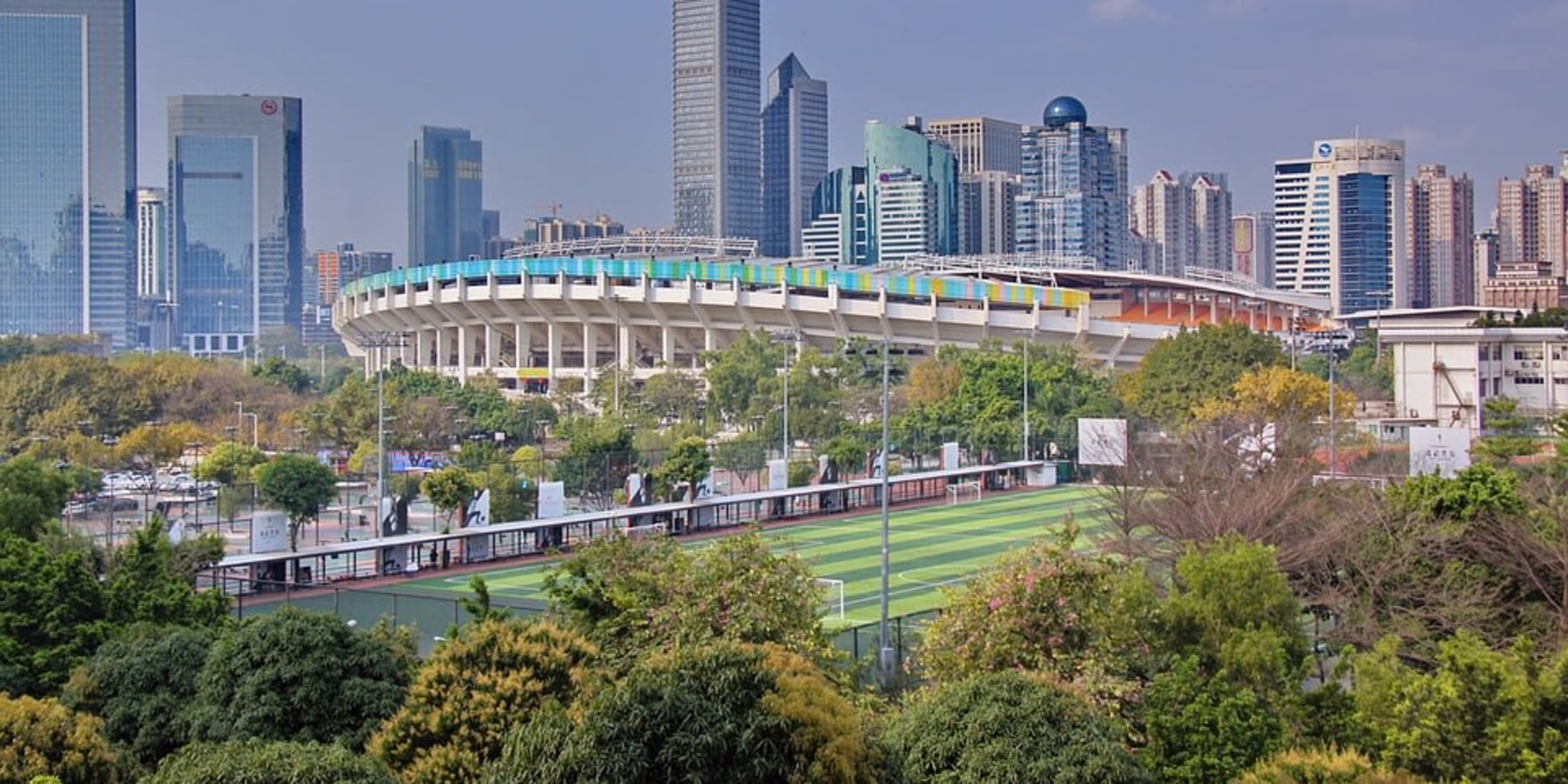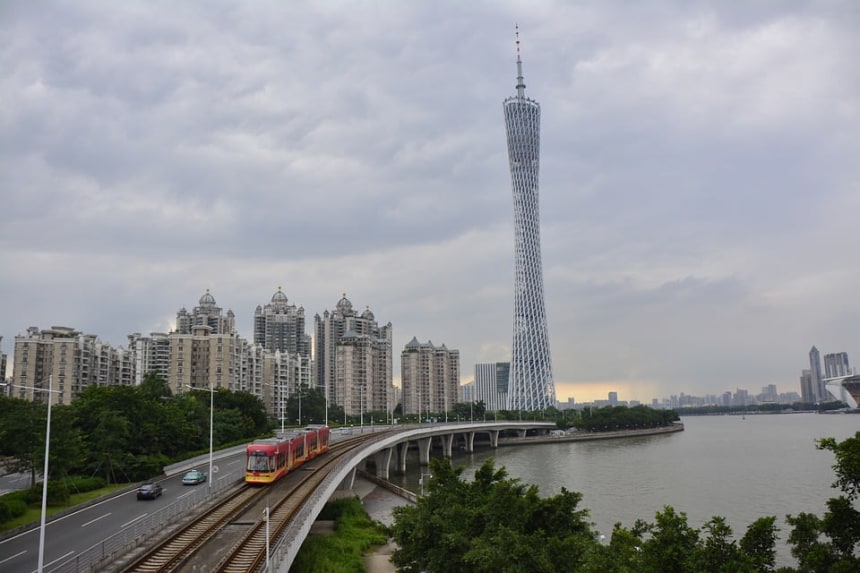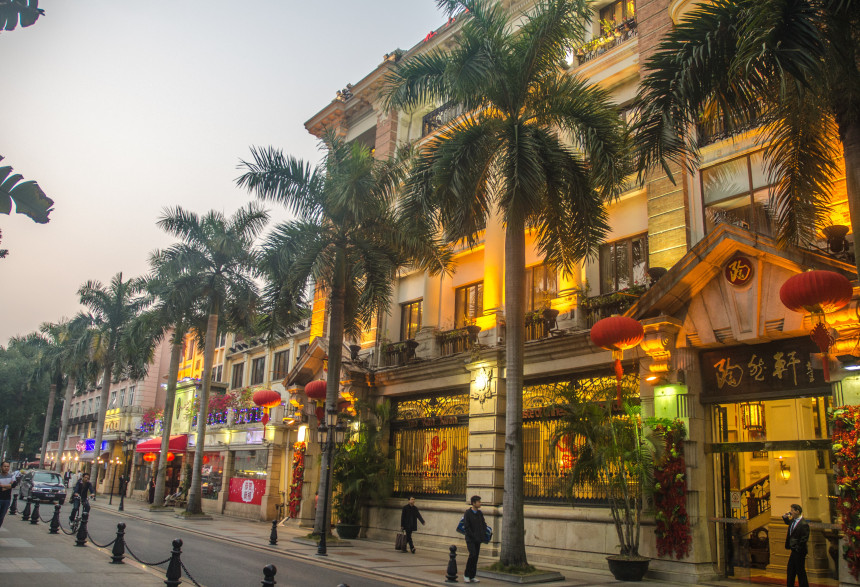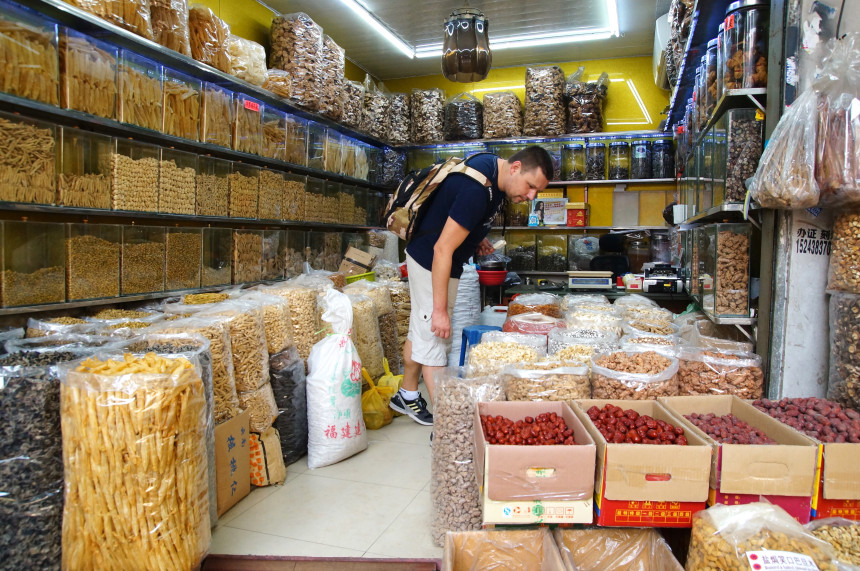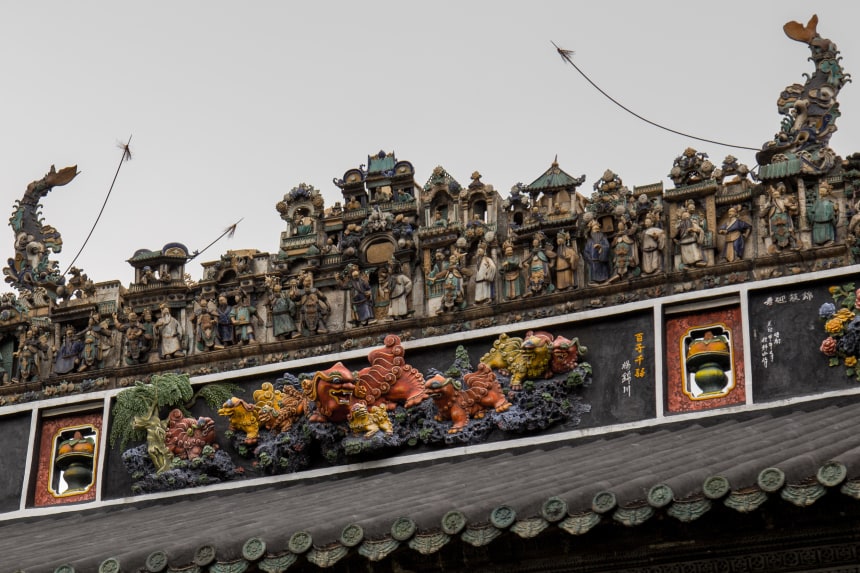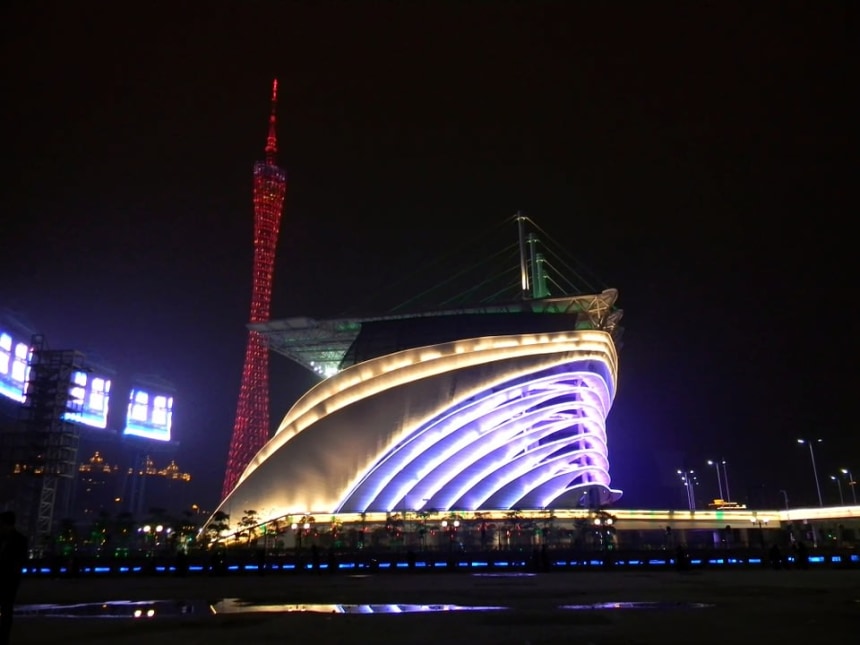| 6 mins read
Ross Cameron
Sprawling across the flatlands of the Pearl River Delta, Guangzhou, better known internationally by its concession-era name of Canton, has been China’s most important trading hub for centuries. Today, many visitors to the city come for business and spend their time shuttling between the sky-scraping headquarters of multinational firms in Zhujiang New Town without ever experiencing Guangzhou’s vibrant gastronomic culture, historic colonial-era attractions and surprising ancient wonders. If you are a business traveller with spare time looking to explore the city, here is a guide to Guangzhou’s hidden gems.
Cruise the evocative Pearl River
The Pearl River is one of China’s longest, and by the time it reaches Guangzhou, it is also one of the country’s most languid, which makes cruising along its length the perfect way to take a break from the non-stop world of business. As Guangzhou rose to international prominence as a concessionary port used by the 19th-century colonial powers, most of the city’s historic attractions line the banks of the river making the cruise an informative journey through the city’s turbulent past.
Highlights of the cruise include sailing past the colonial-era mansions and banking buildings of Shamian Island, which was an extraterritorial enclave within the city that Chinese people were barred from entering. Then there is the modernist Aiqun Building that was constructed in the 1930s and, at 15 stories, was the first ‘skyscraper’ in China. River cruises conclude with spectacular views of a more modern skyscraper, the curvaceous Canton Tower, built to mark the 2010 Asian Games. Night cruises are also available.
Take a walking tour of Shamian Island
Filled with faded 19th-century manor houses, financial centres, warehouses and once plush hotels, Shamian Island was artificially created by the British following the 1859 Opium War as the centre of colonial power in China.
To really get to grips with the area’s fascinating history take a Shamian Island walking tour that will reveal the history of the Anglo-Chinese Opium Wars and the various anti-Western rebellions that periodically swept through Guangzhou until the foreign powers were forced to leave in 1949 when communism was established in China. That done, then experience its time-warp atmosphere with a stroll through the classic Victorian boulevards lined with banyan trees or peek your head down atmospheric side streets that have since become vibrant residential neighbourhoods.
Descend into a 2000-year-old tomb at the Nányuè King Mausoleum
While much of the history on display in Guangzhou is a product of the city’s pivotal role in 19th-century European colonial empires, the two millennia-old mausoleum of Zhao Mo, a ruler of the Nányuè Kingdom, shows that the city has ancient credentials to rival China’s other major destinations.
The underground tomb itself contains the embalmed body of the king alongside the bodies of a dozen servants and a concubine, all of which are on display for visitors to see. What is more, the adjoined museum showcases the rare artefacts uncovered during excavations, which include swords, burial suits and precious jade jewellery, and detail the Nányuè Kingdom’s history of expansion from southern China into what is now Vietnam.
Experience the sensory overload of Qingping Medicine Market
A short walk north of Shamian Island is Qingping Medicine Market, one of the attractions in Guangzhou most likely to give European visitors a real sense of culture shock. Hemmed in around a central arcade and on the tightly packed surrounding alleyways are literally hundreds of vendors selling all types of traditional Chinese medicine from goji berries to dried seahorses and illicit items, which are usually kept out of sight under the counter.
To really understand what is being bought and sold, it is best to include Qingping as part of a walking tour of the city centre, as local guides will be able to better explain the medicinal qualities of these unusual restorative tonics.
Trace Guangzhou’s heritage at the Chen Clan Ancestral Hall
Until the influx of migrants from the countryside that have arrived in recent decades to fill Guangzhou’s vast factories, call centres and offices, the predominant ancestral lineage in the city was from the Chen Clan. Built-in 1897, their ancestral hall is one of the city’s most remarkable structures, as it combines tranquil Confucian temple, ancestor worship shrines and what was once a buzzing chamber of commerce all under one traditional Lingnan roof. During your visit make sure to admire the impossibly ornate carving, fantastic bronze statues that tell the story of the clan and brightly coloured pottery.
Go to the Guangzhou Opera
Designed by the late iconic architect Zaha Hadid, Guangzhou’s Opera House is designed to mimic the appearance of the silvery pebbles that line the banks of the Pearl River. Whether or not you think it matches this appearance, the Opera House is undoubtedly the city’s most impressive cultural institution and hosts a dazzling array of opera, performative dance and theatre throughout the year.
Tickets for shows are reasonably priced but do book up well in advance. If you are not interested in catching a show, guided Opera House tours take place during the day throughout the week where you can get behind the scenes access to see how the company’s famously immersive shows are put together.
Feast on dim sum at Táo Táo Ju
On historic Shipu Street lies Guangzhou’s most esteemed restaurant, Táo Táo Ju. Serving up gigantic trays of dim sum since the 1880s, the restaurant has since evolved into a vast three-story complex that feeds thousands of hungry diners every day – even without the food the restaurant is a spectacle in itself!
There is no menu at Táo Táo Ju. Instead, you are given a card that is stamped every time you take a dim sum from one of the waiters that buzz around the dining room with vast trays of food. While you should be prepared to queue to get a seat, there is no chance you will be disappointed by this historic restaurant.
“Over the past decade, Ross Cameron has travelled extensively across Europe, Southeast Asia, North America, North Africa, and the post-Soviet space. As someone who has areal passion for these regions of the globe, he is able to offer an expert opinion that highlights the best off the beaten track destinations.”
Image details and licenses: Shamian Island: https://flic.kr/p/Sx47rg (Wayne Hsieh, CC BY-NC 2.0), Nanyue King Mausoleum: https://flic.kr/p/28HD12P (Sergei Gussev, CC BY 2.0), Qingping Medicine Market: https://flic.kr/p/22QkqXD (Mathias Apitz (Munchen), CC BY-ND 2.0), Chen Clan Ancestral Hall: https://flic.kr/p/KYqWrv (Rob Faulkner, CC BY-NC-ND 2.0)

